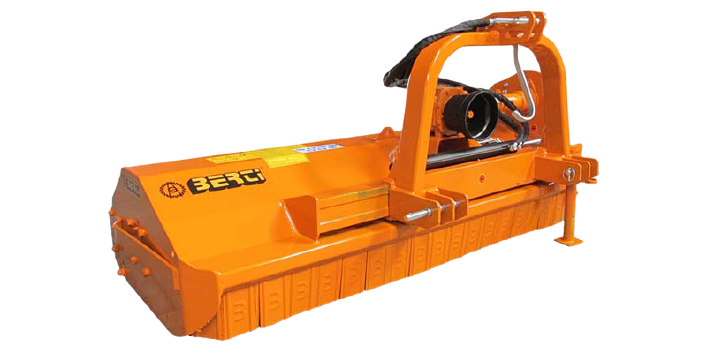Even if you are a professional operator, manager, or a new operator, here in this blog we will share some useful tips and techniques that will come in handy. So, let’s get started.
Top tips and techniques for motor grader operators
In order to get great efficiency, achieve durability, here are some useful tips and techniques for the operators of motor graders.Avoid wear and tear
Due to harsh and rocky terrains, your motor grader may face wear and tear. To avoid this, the operator needs to carefully and safely handle the equipment to prevent any unnecessary damage to the equipment. When using it, it should be kept in mind that only a required amount of downward pressure should be exerted and applied by the operator as if excessive pressure is exerted on a dry hard surface, it can cause wear in rapid cutting edge and the equipment will also consume more fuel and horsepower which ultimately reduces productivity.Correct moldboard positioning
You need to make sure the moldboard is correctly positioned. It is important and the operators need to straighten up as when rolling the blade of the grader forward to make the edge blunt.Keep the blade sharp
To keep the motor grader blade sharp, operators should ensure the blade is kept just forward of the cutting edge. This is done so that the blade only cuts forward when it is necessary.Change the right angle
You or any other operator should alter the blade angle periodically. In case you choose to keep the moldboard forward, it might result in wear at the front of the cutting edge.The right angle holds great importance and you have to consider the angle as per the material like for free-flowing and light material, moldboard angles around 10-30 degrees and when processing wet and sticky material or mixing or ditching large windows, the angles used on moldboard should be higher, around 30-50 degrees.
Beware of gutters and curbs
In the case when grading is done along with curbs and gutters, the operators need to pay extra attention because if any type of error occurs, it may result in the machine running against the curb and the edge chipped. Also, in such cases, the moldboard may be highly affected.Moreover, when ripping or sacrificing across a slope, the operators should keep the moldboard parallel along the front axle, lowered to the ground and centred to the frame in order to provide protection against them rolling over.
Lower the teeth
Every time when using the ripper, the operators need to make sure that the teeth are lowered into the ground with the grader. In case the rear wheels lose traction, the operator of the equipment should raise the ripper first until the wheels of the mower machines regain traction. This needs to be done when the Abbey machine is being used on hard surfaces. Also, the number of teeth should be reduced.The teeth under the pavement should be lowered to break the old pavement and also the ripper should be raised when lowering teeth. For more information about clutch testing, rotary hoes for sale and spreaders, visit our website now.



